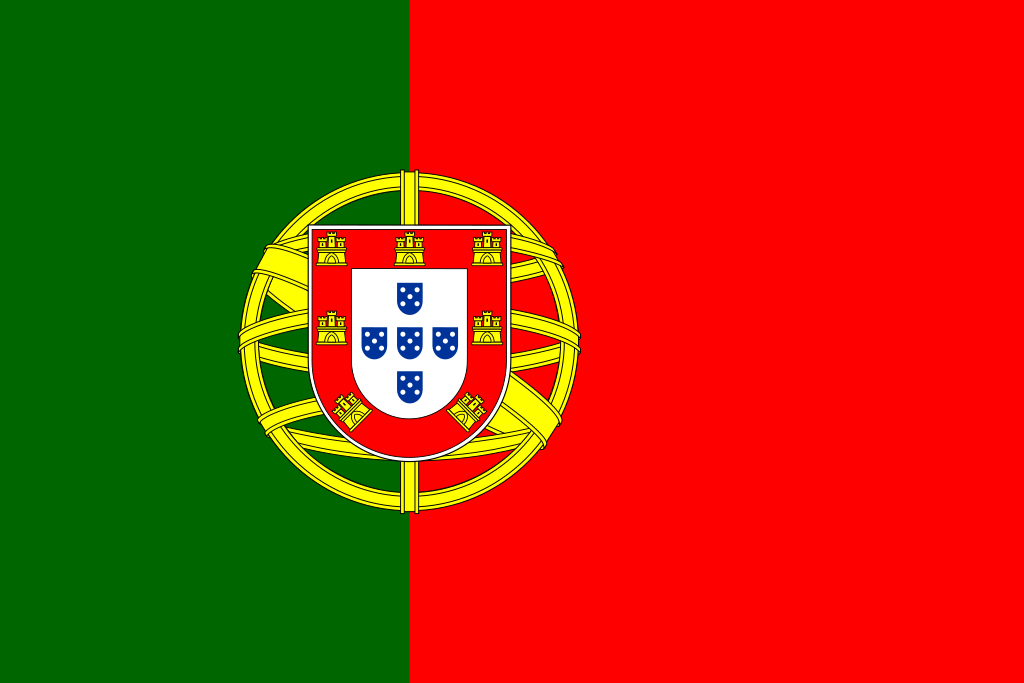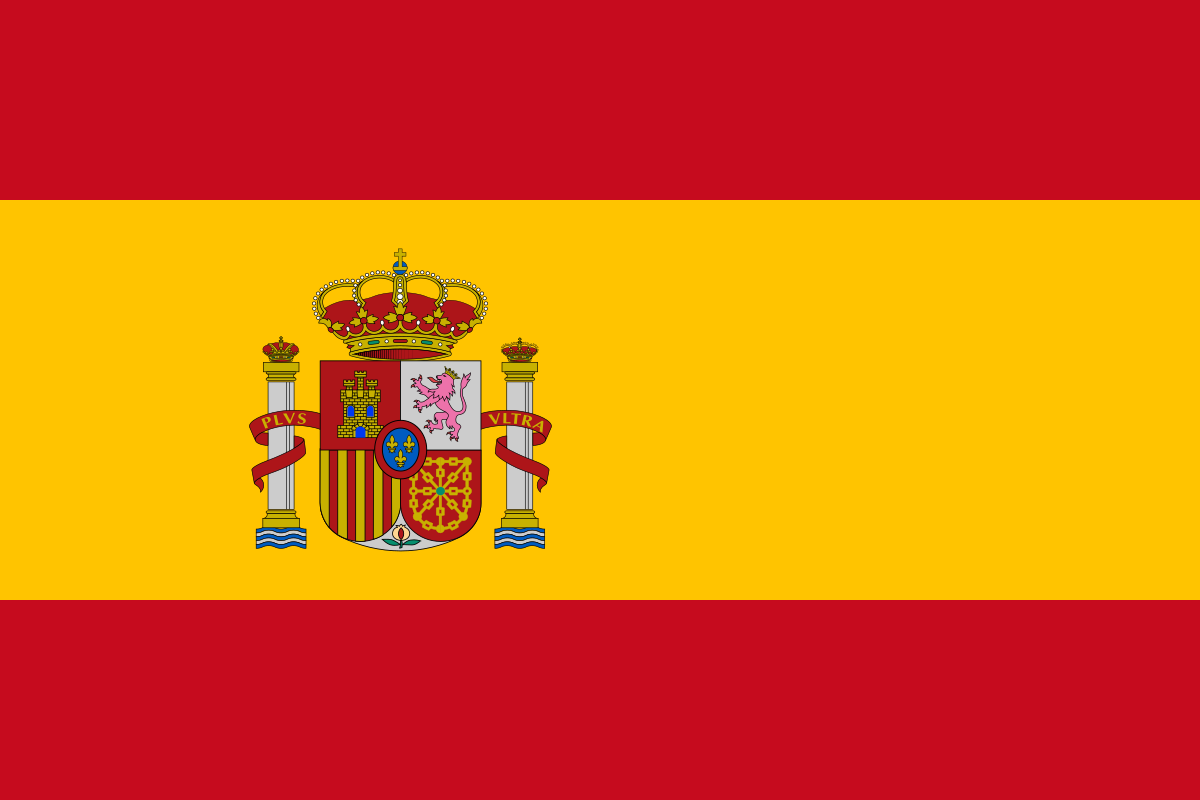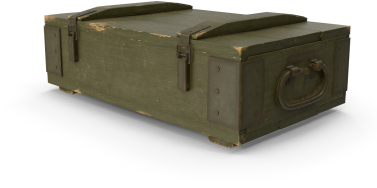“Places of memory, places of suffering and violence, confront us with the future as much as with the past”.
Signature of the President of the Republic, Jacques Chirac, in the Livre d'or, on the occasion of the inauguration of the Centre de la Mémoire d'Oradour, July 16, 1999.

Remains of the Oradour-sur-Glane massacre
The first time I went to Oradour-sur-Glane, I was still a child, too young to understand the unspeakable. I have only retained a few snippets of memory of the ruins, the well, the burnt-out church. As far back as I can remember, I have always been interested in history, particularly the Great War and the Second World War. This passion has never left me, but I have also developed an interest in other historical themes. This led me to pursue a degree in history and then a Master’s in Culture & Heritage. During my final year of training, I have completed a six-month internship at the Centre de la Mémoire d'Oradour-sur-Glane, an experience that left a lasting impression on me, as well as marking my first experience in a field that interested me.

Oradour-sur-Glane today
Oradour-sur-Glane was a charming village in the Limousin region before June 10, 1944, the day of the tragedy that would come to symbolize Nazi barbarism in France after the war. At that time, Oradour-sur-Glane, was a rural village in in France, like many others throughout the country, as unknown as Sainte-Mère-Église or Saint-Marcel in Morbihan - two of the many places that had a significant impact during the Second World War and became famous after the war for the scale of the events that took place there. This small rural commune in the Limousin region had always remained on the periphery of the war. However, the history of this modest village and the daily lives of its inhabitants were turned upside down when, on the early afternoon of June 10, 1944, a unit of the Waffen SS Division “Das Reich” entered Oradour-sur-Glane to commit the unspeakable. The Waffen SS massacred the entire population - 643 innocent civilians. No lives were spared. The SS made no distinction : men, women, children. All were murdered on that tragic June afternoon when life came to such an abrupt halt in Oradour. As Paul Éluard wrote in 1944:
“Here, men did their mothers and all women the gravest of insults: they did not spare the children”. My research revealed that the youngest victim was only a few weeks old at the time of the tragedy. The near-complete destruction of the village, the massacre of its population, the methods used by the executioners, their lack of any moral or human consideration for their victims, explain why Oradour has become a symbol, and a visit to the village leaves no one untouched. What appears to have been a unique case in France, and a striking one at that, was of the order of the ordinary on the Eastern Front, where many villages suffered the same fate at the hands of the same men.

Church of Oradour-sur-Glane
During those six months in Oradour-sur-Glane, I worked as a host, as a gift shop assistant, but also as a guide. I remember one of my first days when I met Michel, a village guide who took me with him and explained what had happened in each place, who had lived in each house. His inexhaustible knowledge of the subject fascinated me. Even before entering the village, a sign invites the visitor or pilgrim to remember. Today, the village is frozen in time forever. Yet more than 80 years ago, this place was teeming with life. We walk up the main street. Here is the fairground where the inhabitants were gathered, here are the barns and garages that served as execution sites. And then we come to the church, which like every other place, bears the marks of tragedy on its stones. Walls riddled with bullets, soot from the fire. On the floor, a charred baby carriage. The site has been left as it was, so that visitors will never forget and the memory will live on.

As if time had frozen at Oradour-sur-Glane...
If emotion takes hold of visitors traveling through time, I have one memory that left a deep impression on me. During the commemoration of the 78th anniversary, I witnessed a scene of embrace between one of the survivors, who was a child at the time of the tragedy, pointing out to his son the place where his brother's body had been found. For me, this scene illustrates that the memory is still very much alive and painful. But this memory is also conflicting. In Oradour, the memory of the victims clashes with that of the Alsatians forcibly conscripted into the German troops, who also saw themselves as victims of Nazism.

Church of Oradour-sur-Glane
Another striking memory was my meeting with Robert Hébras, the last survivor of the massacre, whom I was fortunate enough to interview. While researching my memoir, I read a lot of books and reports, but nothing was more authentic than the word of a witness.

Memorial plaque on the church at Oradour-sur-Glane, in tribute to the victims of the massacre
And today, a page has been turned.
I returned to Oradour in the company of friends from university. Some of them had never visited the village, so it was my turn to be the guide. I made a point of paying my respects at the grave of Robert Hébras, the last of the survivors.

Remains of the Oradour-sur-Glane massacre
Thanks to the work of the Centre de la Mémoire and the commitment of his family and the other families of the victims, the memory of the events of June 10, 1944 is being passed on. It is passed on between generations within families. It is also passed on through the Centre de la Mémoire, whose aim is to perpetuate the memory of the massacre and protect the historical truth of what happened and the memory of those who lived through it. So, despite the effects of time and the fear of losing meaning, Oradour-sur-Glane will never be forgotten.

Oradour-sur-Glane now
In conclusion, I would say that a visit to Oradour-sur-Glane can be heavy and oppressive, but necessary to the duty of remembrance.
Written by Hugo Di-Fazio Peltier, NAH Executive Assistant

















